Can major market tops and bottoms be identified with accuracy? Yes, they can! And I will present data that will argue that identifying “major” market bottoms is easier than any other change in market direction. Market tops can also be identified but it’s a bit more difficult than bottoms.
No one can guarantee an “exact top or bottom” but this data will pinpoint an overall change in trend. There’s plenty of time to get out of the market before a devastating fall and even more time to jump on a new up-trend after a bottom.
To support my findings, I will use extensive New High and New Low (NH-NL) data extracted from the NYSE in 2008 and 2009. This data phenomenon is not exclusive to the market bottom of 2009 as studies will show the exact, yes exact, same results can be extracted from every other major market bottom stretching back as far as the NH-NL data is available.
New High – New Low data is historically the most accurate indicator for identifying a major change in trend by highlighting extreme readings and the change in underlying market breadth.
The images contained in this article will identify the following data points:
- NYSE New Highs: The number of stocks making New Highs on a specific date
- NYSE New Lows: The number of stocks making New Lows on a specific date
- New High –New Low Differential: This is simply the number of stocks making new highs minus the number of stocks making new lows.
- NH-NL 10d Diff: This is a simple 10-day moving average representing the number of stocks making new highs minus the number of stocks making new lows.
- NH-NL 30d Diff: This is a simple 30-day moving average representing the number of stocks making new highs minus the number of stocks making new lows.
- NH-NL % Ratio: To calculate the percentage correctly, use this formula: (New Highs – New Lows) / (New Highs + New Lows) * 100 = X%
- NH-NL % Ratio 10d Ave: This is a simple 10-day moving average representing the percentages listed in the column terms #6 in this list
I follow the progress of stocks making new highs and new lows on the NASDAQ and NYSE and pay specific attention to turning points in the differentials and ratios. I am particularly interested in the extreme highs and lows of the readings, especially after a long trend, as they start to drop hints of an impending change of trend (positive to negative and negative to positive).
The image below shows that New Lows had dominated the market for nearly 18 months when extreme readings started to appear in October 2008. In fact, the readings in October 2008 were the most extreme that my NYSE NH-NL data contains which goes back to the early 1980’s.
October 2008 NH-NL Readings for NYSE:
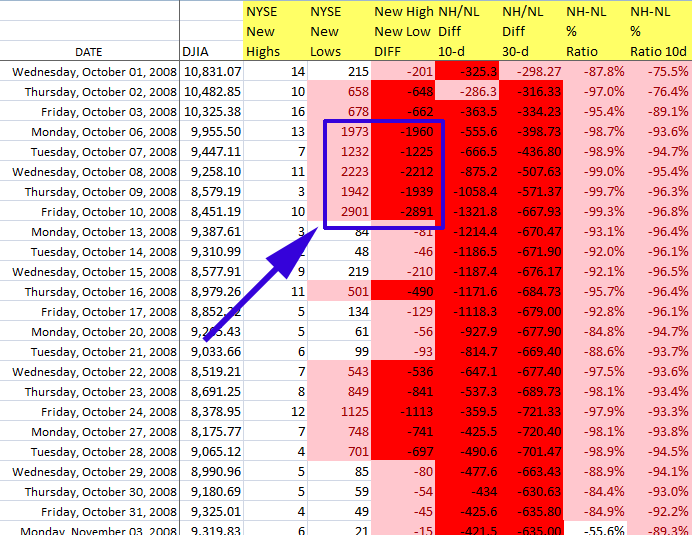
As the second image shows, the daily New Low readings were well above 1,000 with a peak of 2,901 on Friday, October 10, 2008. The market was screaming exhaustion as the selling pressure of the past 18 months was hitting its max. All other readings were in extreme territory including the basic NH-NL differential, the 10d & 30d differentials and the % ratio. The extreme readings continued through the end of November 2008 when they final subsided in December but remained negative.
November 2008 NH-NL Readings for NYSE:
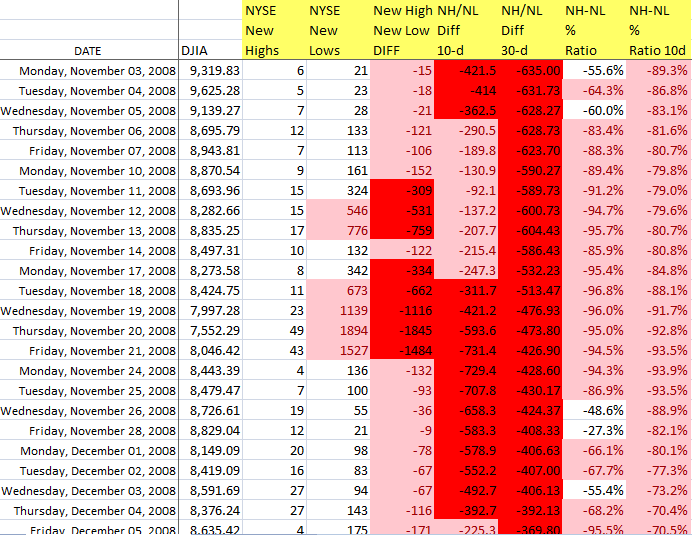
December 2008 NH-NL Readings for NYSE:
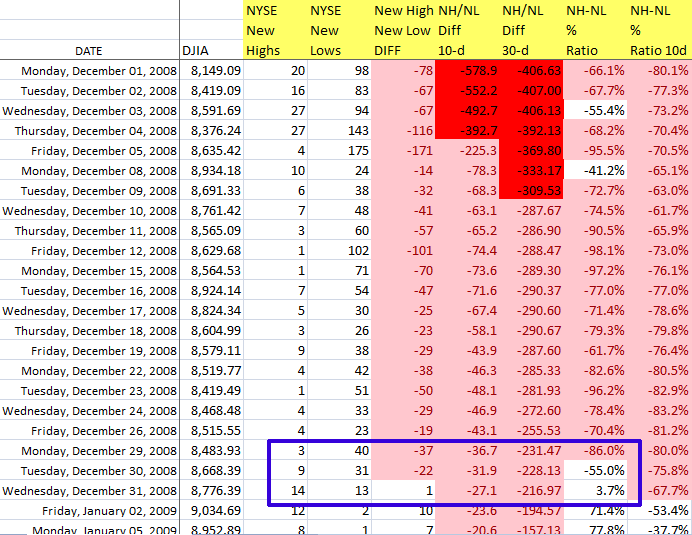
Heading into early 2009, “blood was running in the streets” as Baron Rothschild once declared and most investors had been knocked to their knees while two of the most prestigious investment banking firms in America disappeared. The greatest value investors of all time state that the best time to buy is when this type of extreme environment occurs. The problem with that statement is that it’s based purely on fundamentals and I just can’t blindly jump-in and grab shares without some form of technical guidance. Think about that for a second, blood had been running in the street for the duration of 2008 so I suspect that many value investors were buying and saw more pain before the market decided to turn. Buyers in early to mid 2008 had to endure quite a ride before the market turned up in the spring of 2009. I prefer to catch a trend on the up-swing, not the bottom; besides, pinpointing the exact bottom is virtually impossible.
January 2009 NH-NL Readings for NYSE:
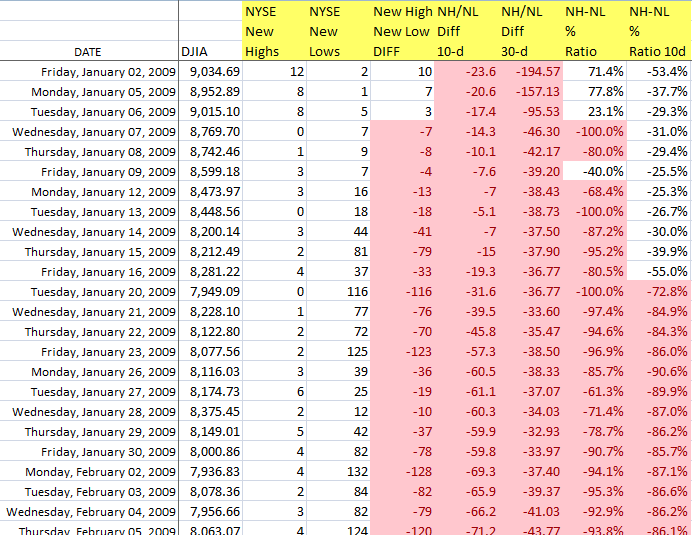
Bernard Baruch was quoted as saying: “Don’t try to buy at the bottom and sell at the top. This can’t be done–except by liars.”
January 2009 was much like December 2008 as the market remained negative. Then in February 2009, the market dropped again as the NH-NL readings started to head back towards more extreme levels. However, they didn’t reach the levels of October 2008 so this signified a “higher low” for the readings, a second clue that the market may be looking to reverse direction.
February 2009 NH-NL Readings for NYSE:
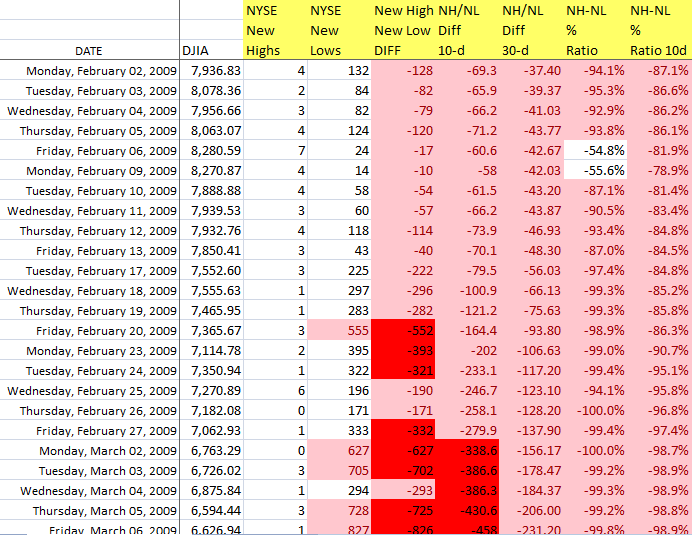
NH-NL Readings making higher lows for NYSE:
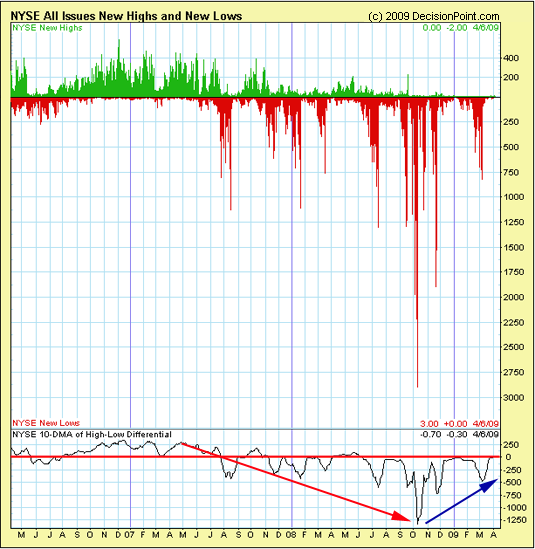
March 2009 was the turning point. The extreme readings subsided (light red and dark red readings on my graphics) and the FIRST positive reading was registered since May 2008 (represented by “blue figures” on my graphics). On March 26, 2008, the NYSE logged a reading of 10 New Highs and 0 New lows, the first time a “0” New Low reading was logged since February 27, 2004. By contrast, the NYSE logged 11 additional days with “0” New Lows in 2009 and 20 days with “1” New Low for that same year. The year 2008 had one day with “1” New Low and the years 2005, 2006 and 2007 had zero days with “1” New Low. Amazing stats!







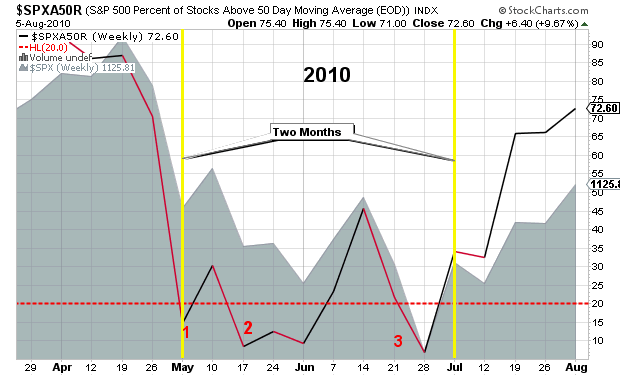
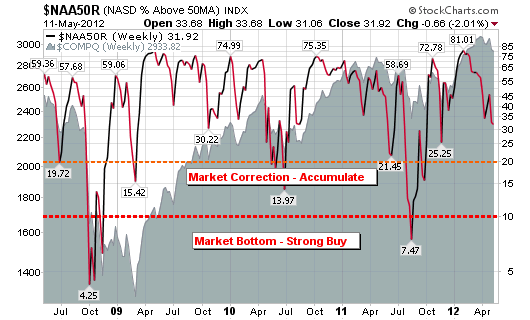
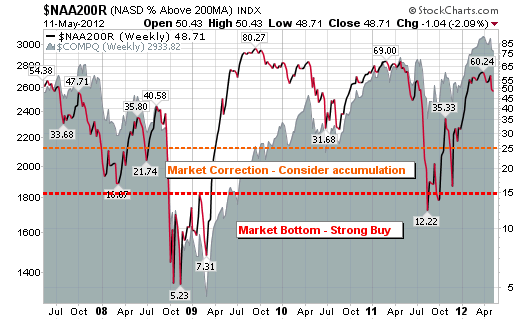









Connect with Me